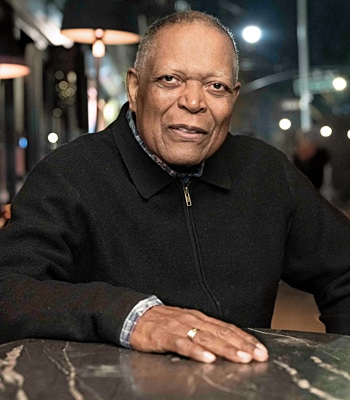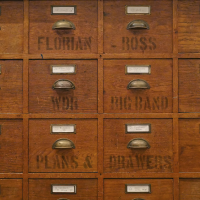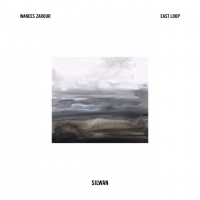Home » Jazz Articles » Album Review » Greg Lewis / Organ Monk: Uwo in the Black
Greg Lewis / Organ Monk: Uwo in the Black
Well schooled on piano, Lewis studied with the likes of Charles Mingus' pianist Jaki Byard and Miles Davis' early sideman Gil Coggins, who reportedly nicknamed him "Thelonious Hunk" for his deep knowledge of the legendary composer. Raised listening to gospel and Afro American music, Lewis brings his background to shape Monk into his own style. He rounds off Monk's jagged lines with the fuller-sounding organ, breathing new life into these unique compositions.
"Little Rootie Tootie" leads off, the infectious ditty a real hooker, starting slowly, it builds relentlessly until on organ, "all stops are out." Along the way, comes a fleet-fingered guitar solo and a masterly tenor passage. The rest of the selections have a tough time living up to this—but do. Lewis' composition, "In the Black—My Nephew," starts with a sax dirge which gives way to a wall of sound, organ on top, supported by a heavy drum ballast. "Bright Mississippi," is Monk's acid-etched look at the South. Written in 1962, the date of University of Mississippi racial demonstrations, the organ treatment projects a false jauntiness, seemingly taunting the Establishment. Monk's seldom heard, "Skippy" evokes the ups and downs on a roller coaster, as the drums heavily stir the carnival atmosphere, and soon admit the guitar for a solo turn. On "Thelonious," drums and organ duet, hand-in-hand for a swinging jog, cymbals and snares leading the repetitive, mesmerizing pace.
Based on this second edition of the trilogy, the third and final part is highly anticipated.
Track Listing
Little Rootie Tootie; In The Black – My Nephew; Humph; Skippy; Ugly Beauty; Zion's Walk; GCP; Stuffy Turkey; Bright Mississippi; Thelonious; Why Not; Crepuscule With Nellie; Teo; 52nd Street Theme.
Personnel
Album information
Title: Uwo in the Black | Year Released: 2012 | Record Label: Self Produced
Tags
PREVIOUS / NEXT
Support All About Jazz
 All About Jazz has been a pillar of jazz since 1995, championing it as an art form and, more importantly, supporting the musicians who make it. Our enduring commitment has made "AAJ" one of the most culturally important websites of its kind, read by hundreds of thousands of fans, musicians and industry figures every month.
All About Jazz has been a pillar of jazz since 1995, championing it as an art form and, more importantly, supporting the musicians who make it. Our enduring commitment has made "AAJ" one of the most culturally important websites of its kind, read by hundreds of thousands of fans, musicians and industry figures every month.






























